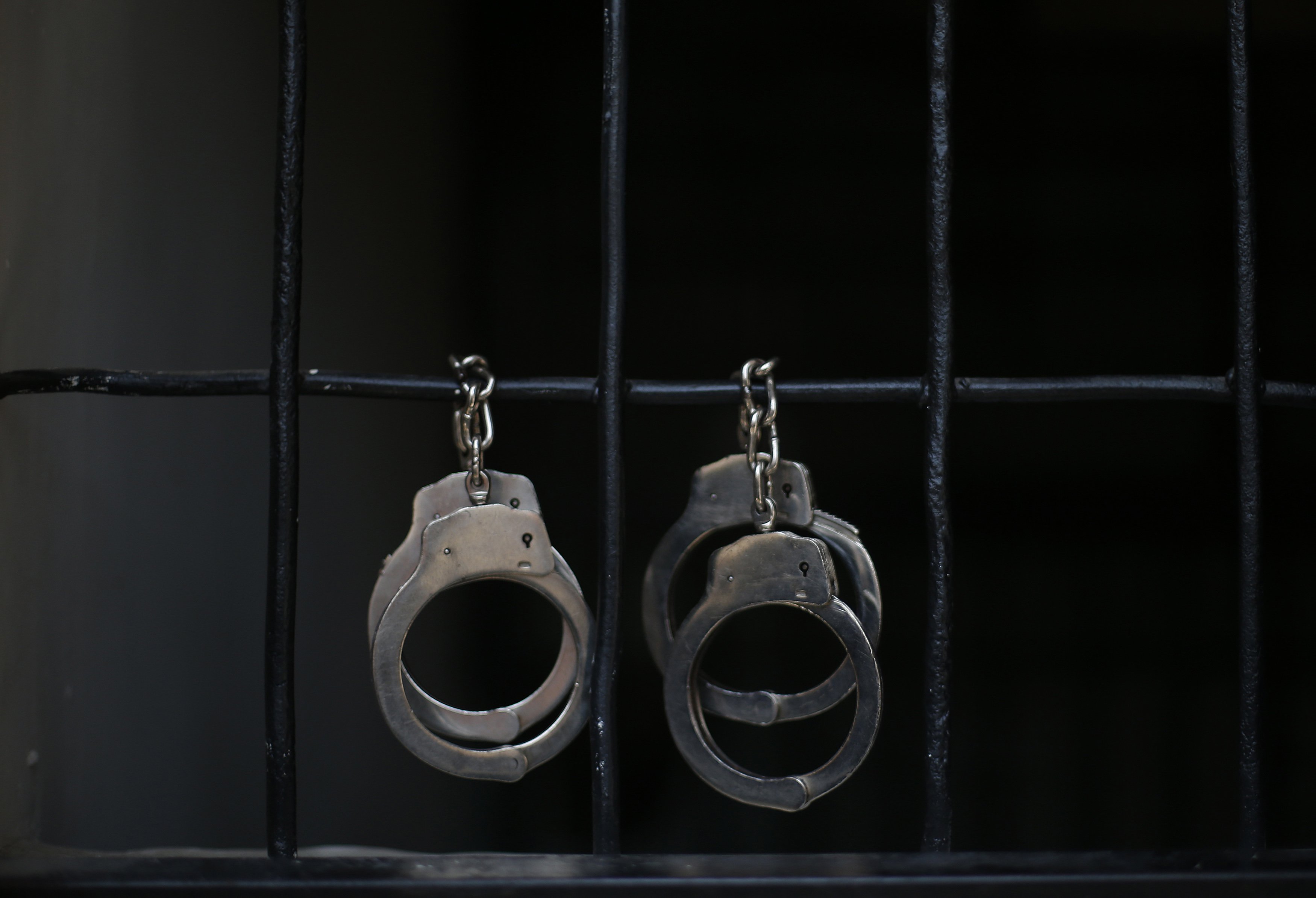
A local court in Kohistan granted the Palas police eight day remand of the suspects identified as Umar Khan, Safeer, Sarfaraz and Saiper.
Police have charged them with murder with common intention, criminal conspiracy, misleading government officials and cheating and fraud.
These suspects, all close relatives of the victims had killed five women on the directions of a Jirga after a mobile phone video surfaced showing them clapping as two young men dance to a local Pushto song during a wedding in a remote village of Kohistan in 2012.
Four women of the Azadkhel tribe were filmed singing and clapping while two boys belonging to the Salekhel tribe were dancing during a wedding ceremony in 2012. When the video was leaked to the Azadkhel tribe, a jirga comprising 12 elders condemned the four women and another minor girl for arranging the mixed gathering. It also condemned the two boys in the video to death.
Later, it was reported that the four women in the video, along with the minor girl, were killed on May 30, 2012 in accordance with jirga decree.
After this development, the Supreme Court took suo motu notice and sent a fact-finding mission to the area on June 4, 2012 that concluded that the women were alive. However, the case was re-opened after a petition was filed by the National Commission on the Status of Women (NCSW).
On November 7, Supreme Court had given four weeks to the K-P government to complete the investigation into the killings in Kohistan
The avenging tribe of the women had also killed three brothers of Afzal Kohistani the man who had disclosed the decision of the Jirga. The tribesmen over the years kept denying that they have killed any of the women and even presented five women in veil before officials sent to investigate the case.
However a bench headed by Chief Justice Saqib Nisar finally got the police to arrest the suspects irrespective of tribal norms.
Justice be served
Human rights activist Dr Farzana Afzal Kohistani demanded justice from the top court of the country. She said that six years ago, four innocent women and a minor girl, Sareen Jan, Bazegha, Shaheen, Begum Jan and Amna were brutally slaughtered in Kohistan.
There crime was appearing in a video, which was filmed without their consent.
For six years the tribe in unison kept the crime of the slaying of the women hidden and through fraud and deceit cheated the Supreme Court by presenting other women and girls before every commission.
The perpetrators not only committed fraud and misrepresentation but also caused millions of rupees worth of loss to the government in terms of amount spent on investigation commissions.
Finally, through finger prints and DNA from NADRA, the women appearing before commission proved to be bogus and as a result of which Palas police station registered the case and arrested only four suspects including father and brothers of the victims who were in police custody.
“The question is that till today hundreds of people gave written statements trying to prove that the women in question are alive, so is law going to take any action against those people?” Dr Farzana asked.
Besides, she said, are the women and girls appearing in place of the victims equally involved in this crime?
“We appeal PM Imran Khan and CJP Saqib Nisar that in this case whether it is man or woman, bureaucrat or civil all elements should be included in the case and should be punished publicly,” she said.
Published in The Express Tribune, November 30th, 2018.
































COMMENTS
Comments are moderated and generally will be posted if they are on-topic and not abusive.
For more information, please see our Comments FAQ